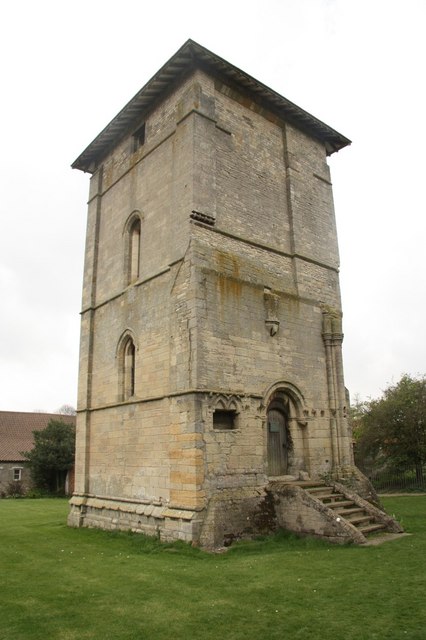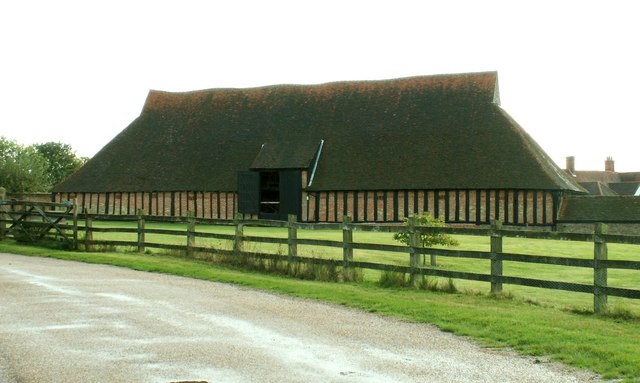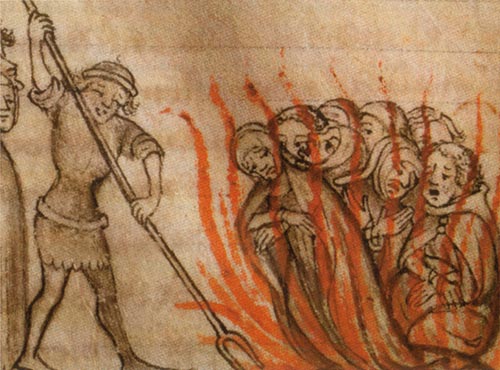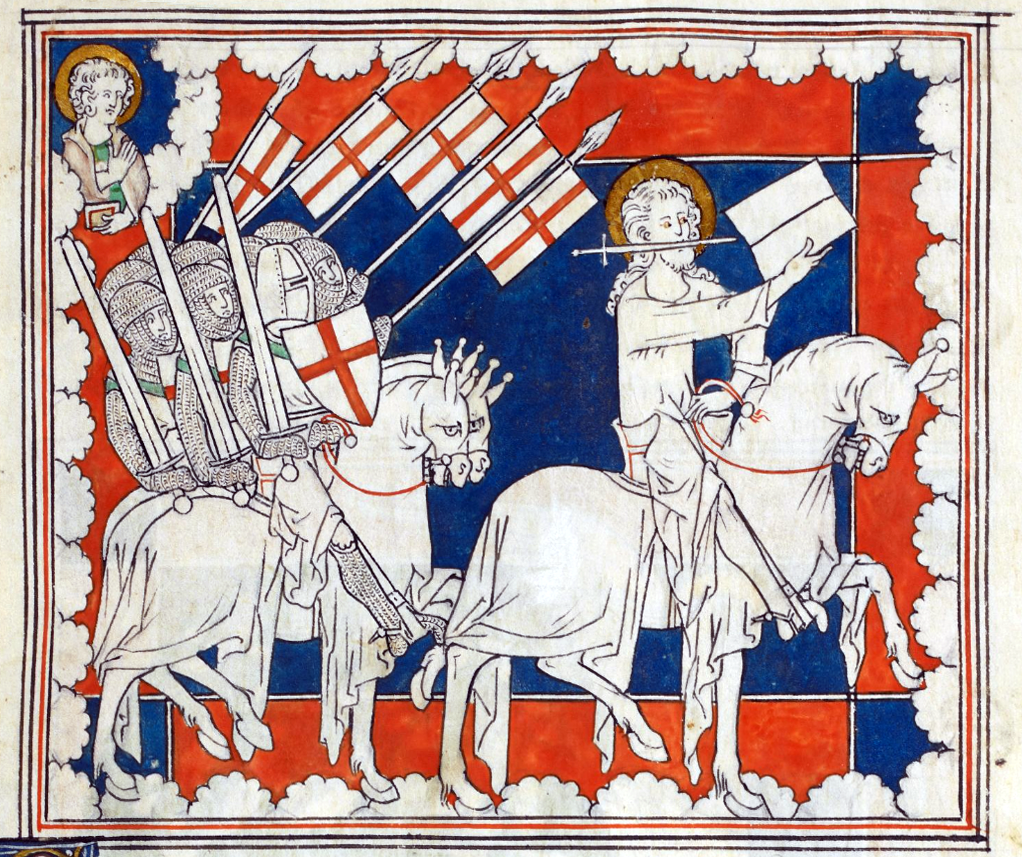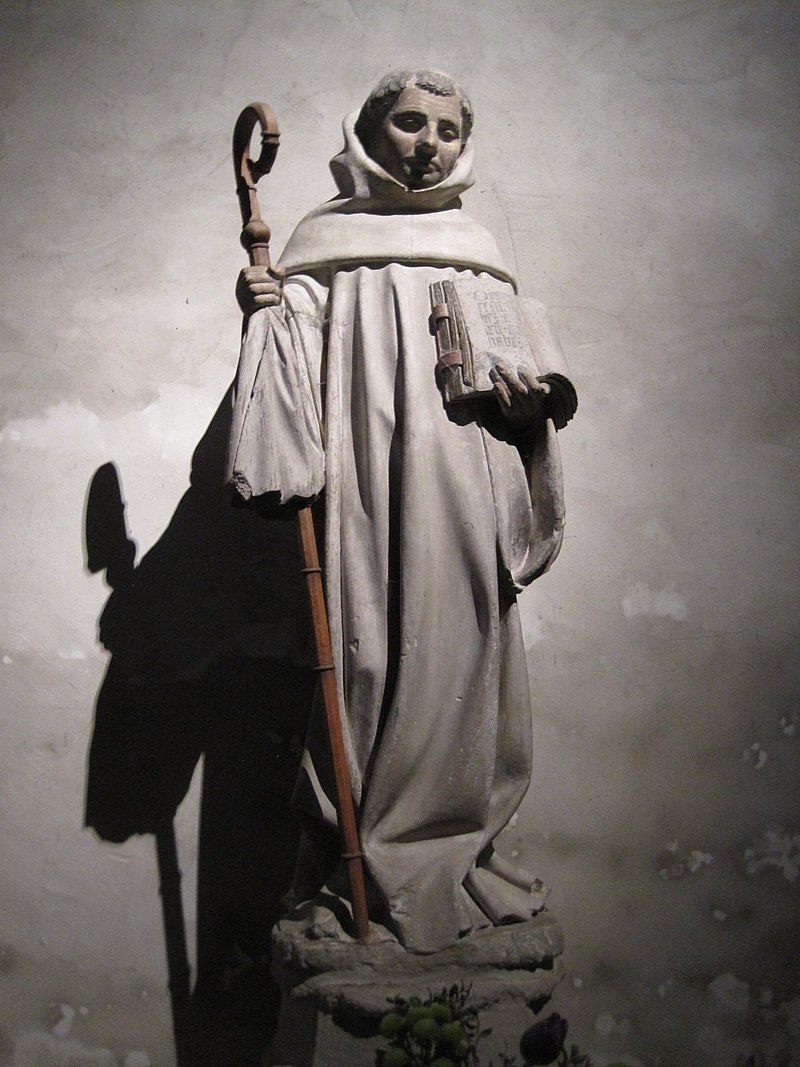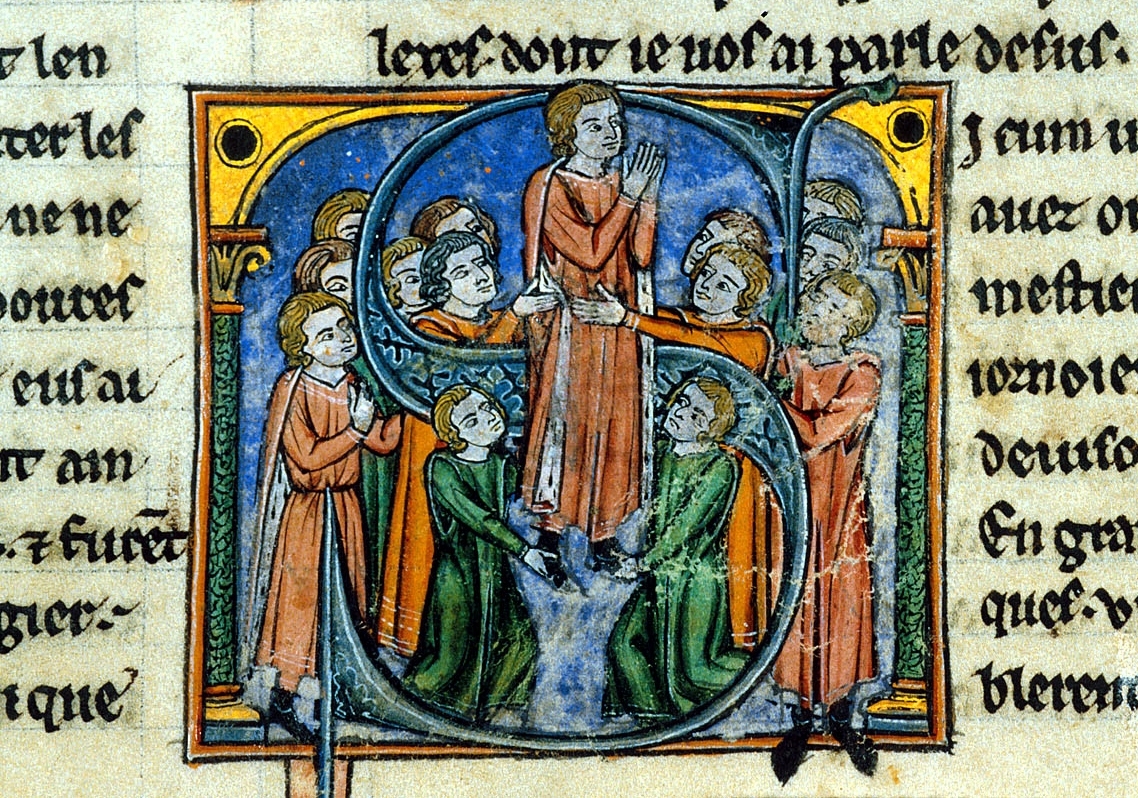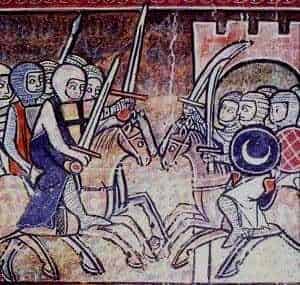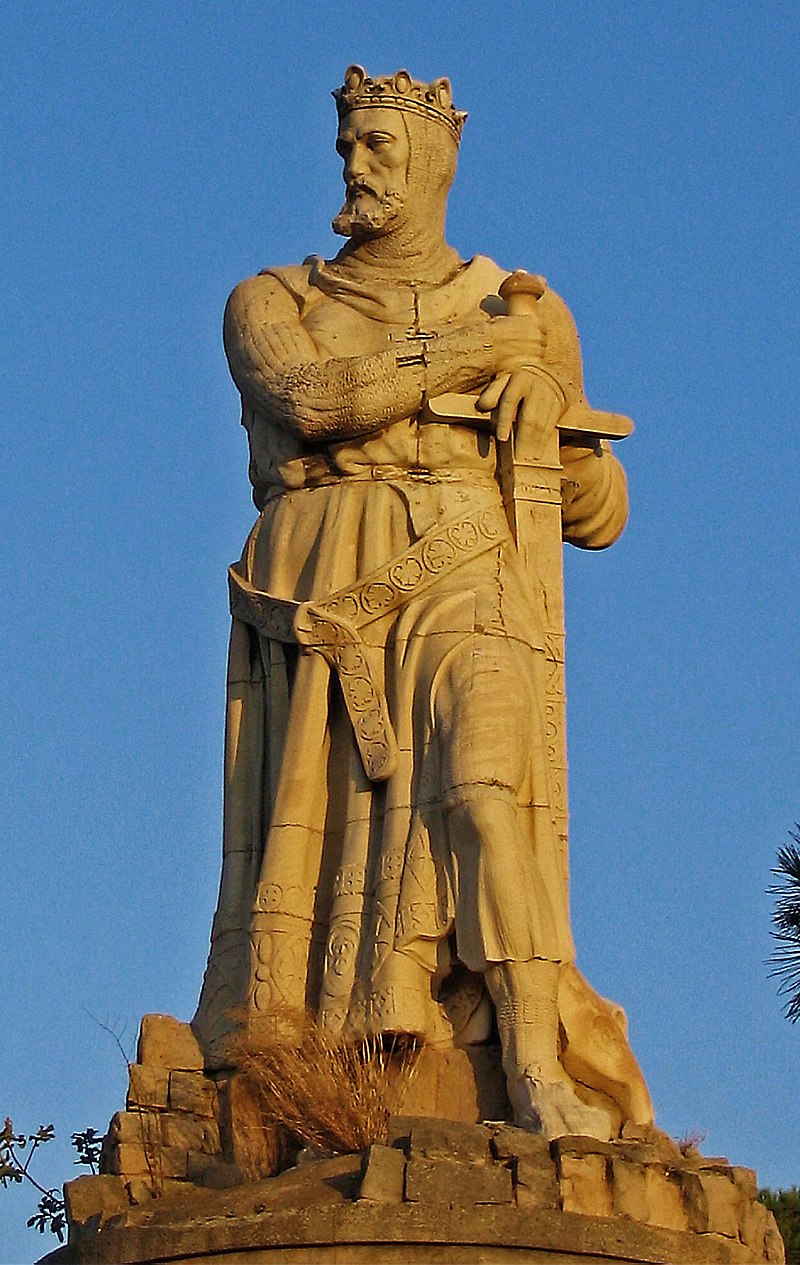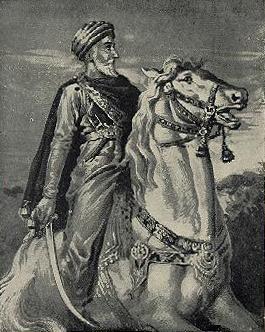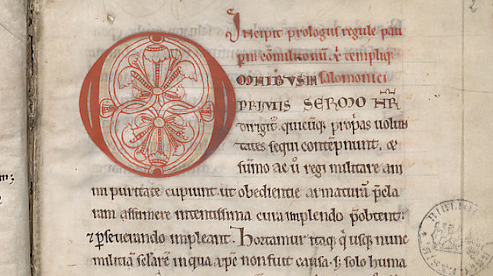Templar estate management - subsoil and technological development
2022 International OSMTJ Knights Templar Convent in Portugal
English Templar estates - origin and sources
The Templar admission ceremony: secret or not?
The population of the Holy Land during the Crusading period
October 13, 1307 - the Templars' demise remembered and retold
On Friday, October 13, 1307, King Philip IV of France, also known as Philips
the Fair, had all of the Templars throughout the domains of France arrested in
one surprising campaign. This was done on the basis of the King's secret
orders to his baillis and sénéchaux throughout France, dated September
14, 1307.
The Templars' arabization - inspiring fantasy for today?
"In medieval times, European Christians had some access to information about real Muslim practices, but instead chose to believe in their own fantasies (regarding those Muslim practises). Many neo-Templars, confusing the fantasies of medieval Christians about medieval Muslims with reality have tried to emulate the medieval Templars.
Bernard de Clairvaux - the Cistercian promotor of the Templars
"The paths of the Cistercians and embryonic Templars crossed in the person of St. Bernard de Clairvaux. Bernard was the most famous churchman of a century that experienced a religious renaissance not seen since the reign of Charlemagne. He had already raised the Cistercians to greatness with his preaching when he encountered the Templars. He was a master propagandist, mostly because he believed everything he said, however contradictory.
Crusaders and Mongols: friends or foes?
July 22, 1099 - Godfrey of Bouillon first ruler of Crusader Jerusalem
Godfrey of Bouillon (French: Godefroy, Dutch: Godfried, German: Gottfried, Latin: Godefridus Bullionensis; 18 September 1060 – 18 July 1100) was a French nobleman and pre-eminent leader of the First Crusade. First ruler of the Kingdom of Jerusalem from Juy 22, 1099 to July 18,1100, he avoided the title of king, preferring that of princeps or Defender of the Holy Sepulchre.
The Templar navy - the later years
The Templar Order - not a monolithic entity
"The Templar Order was not the monolithic entity which the dearth of internal documents -due to time, neglect, and the violence of its suppression- may imply. At least two extremes vied for control within the Order.
Templars and Hospitallers - a rivalrous relationship
Despite the Hospitallers' headstart, the Templars soon eclipsed them. This was probably the origin for the later antipathy between the two orders. Usually, their rivalry was only political, but sometimes it could lead to civil war.
The 904th OSMTH France Jacques de Molay Commemoration, March 2022, Paris,
source OSMTH Youtube
Support TemplarsNow™ by becoming a Patron, tipping us or buying one of our Reliable Books
Perceived Templar arabization: a misunderstood but ultimately lethal matter
"The arabization of the Knights Templar was of two types: real and imagined. While real examples of Templar arabization in the Holy Land aroused the occasional ire of Europeans back home, it was never serious enough to threaten the Order itself. (...)
The Shroud of Turin: a Templar relic?
"The connection between the Templars and the Shroud of Turin is still questionable. The link is in the similarity of the name of the Shroud's medieval "discoverer" Geoffrey de Charny, to that of Geoffroi de Charnay, the Preceptor of Normandy who was burned with Jacques de Molay as a relapsed heretic in 1314. Proof enough?
Templars and early banking
"Medieval banking existed in a moral gray area from the 10th century until well into the 15th century. Before this period, Europe was too poor to support an extensive, morally corrupting banking system. By the end of the 15th century, the major Italian banking houses had learned ways of circumventing Church disapproval in their financial transactions. When they could not find loopholes, they increasingly violated the religious prohibitions.
Easter in the Primitive Templar Rule
The Council of Troyes (1129) - Templar orthodoxy attained
"That the Templars were successful in their initial mission is shown by their quick acceptance into the main body of the Church. By making the Temple a monastic order, the Church brought a dynamic, but also dangerous and potentially heretical group back into its fold. A delicate matter.
Why did the First Crusade prevail?
"Most Crusades historians now believe that the First Crusade prevailed because the Arab world was already disintegrating by the late 11th century. In the first three centuries after Muhammad's death, Islamic and Arab civilization were synonymous. The Arabs dominated an area that encompassed most of Asia Minor, North Africa, Spain, and Southern Europe. Aside from the Byzantines, they maintained the most highly developed civilization in Europe and western Asia at that time. This is not the complete story, however.
Templar importance in Spain in the 1130s preceeds their Oriental role
Most Spanish gifts of land specifically mentioned the Templar's military function as a frontier guard for the Spanish crusade. This indicates that they had already scored some military successes on the peninsula that the chroniclers did not report; the Spanish had neither the funds nor the patience to support a group that could not substantially help in the Reconquista of the Iberian peninsula.
Templars and Assassins: a matter of mutual hatred
"The Assassins were a radical group of Shi'ite Muslims who practiced terrorism against their enemies. If a leader, usually Muslim, opposed them, they murdered him. In 1173, the Old Man of the Mountain, leader of the Assassins, sent a peace envoy to Amalric, the Crusader King of Jerusalem, proposing an alliance. On his way back from the conference with the King, the Assassin envoy was attacked and killed by a band of Templars who were led by a one-eyed knight named Walter de Mesnil. What was the background of this event?
March 18, 1314 - the final stage of the Temple
The Templar Order - home and prison to knights and criminals
"The initial Latin Rule, and its companion piece, In Praise of the New Knighthood, was public. Later translations and revisions of the Rule were not. During its first translation, in the 1140's, the Rule was removed from the public eye and revised, from then on, only within the Order. (...) The most likely reason for secrecy was military security; most of the changes involved specific military tactics and infrastructure. (...)
The obscure early years of the Knights Templar
"The first ten years of the Temple were difficult. According to a later chronicler (they were ignored by contemporary chroniclers in Palestine), the original Templars were so poor that they had to rely on local charity for food, clothing, and supplies. They had no specific uniform. Everything from their clothes to their quarters on the Temple Mount consisted of dilapidated handme-downs.
Early Templar military tactics for protecting pilgrims and more
"The nature of the earliest Templars' duties in Palestine made them a more mobile and disciplined group than the Frankish military forces. The Templars' original purpose was "that, as far as their strength permitted, they should keep the roads and highways safe from the menace of robbers and highwaymen, with especial regard for the protection of pilgrims. (...)" For that they developed their own, Oriental military tactics, very unlike normal Western practises.
The Arabization of the Knights Templar during the Crusades, 1119-1314
